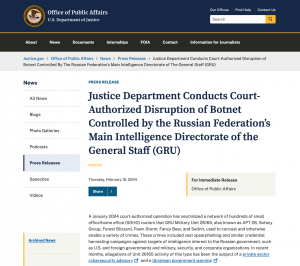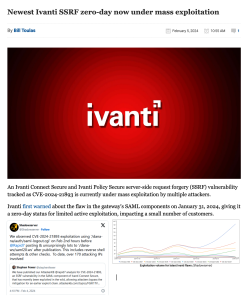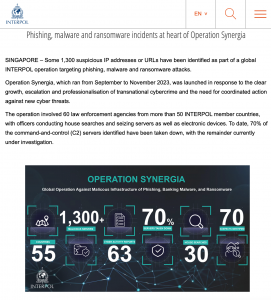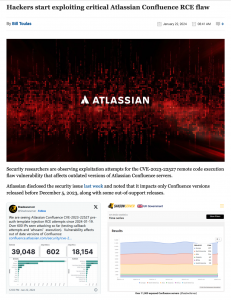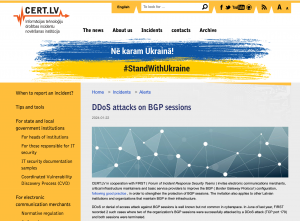Justice Department Conducts Court-Authorized Disruption of Botnet Controlled by the Russian Federation’s Main Intelligence Directorate of the General Staff (GRU)
A January 2024 court-authorized operation has neutralized a network of hundreds of small office/home office (SOHO) routers that GRU Military Unit 26165, also known as APT 28, Sofacy Group, Forest Blizzard, Pawn Storm, Fancy Bear, and Sednit, used to conceal and otherwise enable a variety of crimes.
The Department’s court-authorized operation leveraged the Moobot malware to copy and delete stolen and malicious data and files from compromised routers. Additionally, in order to neutralize the GRU’s access to the routers until victims can mitigate the compromise and reassert full control, the operation reversibly modified the routers’ firewall rules to block remote management access to the devices, and during the course of the operation, enabled temporary collection of non-content routing information that would expose GRU attempts to thwart the operation.
The FBI Philadelphia and Boston Field Offices and Cyber Division, U.S. Attorney’s Office for the Eastern District of Pennsylvania, and the National Security Division’s National Security Cyber Section led the disruption effort. The Criminal Division’s Computer Crime and Intellectual Property Section and Office of International Affairs, Shadowserver Foundation, Microsoft Threat Intelligence, and other partners provided valuable assistance.


